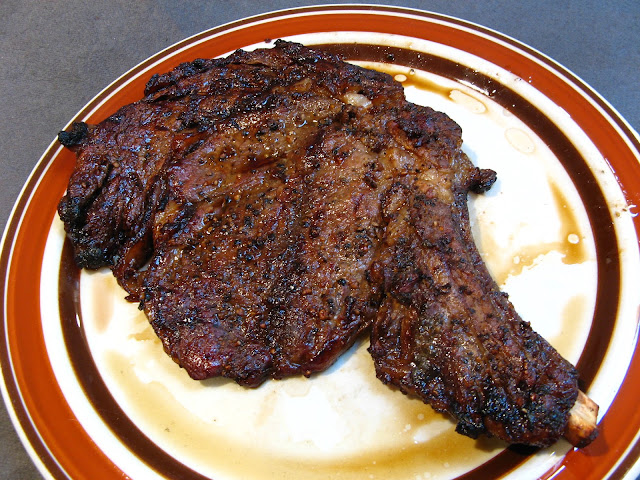Fish maw is the bladder of the fish that controls buoyancy.
Fish maw is one of those weird and wonderful special banquet ingredients (at
least in my experience) that is served at auspicious events such as weddings
and at Lunar New Year. Fish maw can be purchased at your local Asian market or
herb specialty store. If you’re lucky enough to have an Asian herb store near
you, it’s worth going in to see all the dried herbs and creatures that are sold
at these stores. The herb stores also have the most variety of fish maw to buy
and with the prices to match!
There are two types of fish maw: dried and fried. For this dish,
the fried version is used. If you purchase the dried version, like I did,
there’s an extra step to deep fry the fish maw yourself. I actually shallow
fried the fish maw, ladling hot oil over the fish maw (be careful when using
this method). You can save a step and time by buying the fried version, but
this will take more storage space than the dried version for any fish maw that
you don’t use. The best description of fried fish maw is that it looks like
chicharrón, which is fried pork skin. The fried fish maw should soak in cold
water for at least an hour to soften it to a spongy texture and then cut into
bite sized pieces. After soaking, fish maw has no inherent flavor (so it won’t
smell fishy at all) and acquires the flavors of the ingredients it is cooked
with.
Enjoy!








